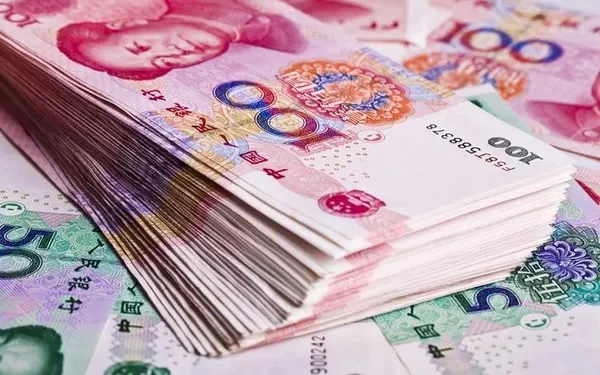In the realm of numismatics, the study and collection of currency, old Chinese paper money have emerged as a fascinating and valuable niche. These ancient banknotes, often adorned with intricate designs and historical significance, hold more than just monetary value. In this article, we delve into the allure of old Chinese paper money, exploring its historical context, artistic merits, and the burgeoning market that surrounds it.
Historical Significance: A Glimpse into China’s Past
Old Chinese paper money serves as a tangible link to the rich history of one of the world’s oldest civilizations. From the earliest known banknotes dating back to the Tang Dynasty (618–907 AD) to the more widely recognized Ming and Qing Dynasties (1368–1912 AD), each banknote tells a unique story of the economic, political, and cultural landscape of its time.
Artistic Mastery: Aesthetic Appeal Beyond Currency
Beyond their monetary function, Chinese banknotes are celebrated for their artistic excellence. Intricate illustrations, calligraphy, and intricate watermarks showcase the craftsmanship of the period. Collectors often appreciate these notes not only as historical artifacts but also as miniature works of art.
Cultural Symbols: Embedded Stories on Paper
Old Chinese paper money is a canvas that tells stories of the nation’s cultural heritage. Symbols, images, and motifs on banknotes often reflect the prevailing beliefs, values, and traditions of the time. Exploring these cultural nuances adds an extra layer of significance to the collector’s experience.
Rare Finds: The Hunt for Hidden Treasures
The rarity of certain old Chinese banknotes enhances their desirability among collectors. Limited print runs, discontinued series, and notes featuring unique designs contribute to the scarcity of these artifacts. As collectors search for hidden treasures, the thrill of finding a rare banknote adds a sense of adventure to the hobby.
See Also: Understanding the Yuan: China’s Currency in the Global Spotlight
Preservation Challenges: Balancing History and Wear
Preserving the integrity of old Chinese paper money presents a unique set of challenges. Factors such as humidity, light exposure, and physical handling can contribute to the deterioration of these fragile artifacts. Collectors often invest in specialized storage and conservation techniques to maintain the value and condition of their acquisitions.
Investment Potential: A Growing Market for Collectors
The market for old Chinese paper money has experienced steady growth in recent years. As interest in numismatics expands globally, collectors and investors alike recognize the potential for these banknotes to appreciate in value. Some rare specimens have fetched impressive prices at auctions, turning this hobby into a viable investment avenue.
Authentication: Navigating the Maze of Genuine and Reproduction
With the rising interest and market value, the risk of counterfeit old Chinese paper money becomes a concern. Authenticating these artifacts requires a keen eye, historical knowledge, and often, the assistance of experts. The challenge of distinguishing genuine banknotes from reproductions adds an element of complexity to the world of collecting.
Educational Outreach: Promoting Numismatic Awareness
The value of old Chinese paper money extends beyond individual collectors. Educational initiatives and museums play a crucial role in raising awareness about the historical and cultural significance of these artifacts. Exhibitions, workshops, and publications contribute to a broader understanding of numismatics and its connection to China’s past.
Global Interest: Bridging Cultures through Collecting
Old Chinese paper money has become a global fascination, attracting collectors and enthusiasts from diverse cultural backgrounds. The international interest in these artifacts serves as a bridge between cultures, fostering a shared appreciation for the artistry, history, and cultural narratives embedded in each banknote.
Legacy Building: Passing Down the Treasures of Time
As collectors amass a trove of old Chinese paper money, the question of legacy arises. Many enthusiasts view their collections as a form of cultural stewardship, preserving these artifacts for future generations. The passing down of collections, along with the stories and knowledge associated with each banknote, ensures that the value of these treasures endures.
Conclusion:
Old Chinese paper money, with its historical, artistic, and cultural significance, transcends the realm of mere currency. For collectors, these artifacts are windows into China’s past, each banknote a chapter in the nation’s compelling story. As the market continues to thrive, the value of old Chinese paper money remains not only in its monetary worth but in the rich tapestry of history and culture it weaves for those who appreciate the art of collecting.
Related Topics:
Exploring the Dynamics of Yuan Trading in the Global Market
What is Yuan Value Chart: A Comprehensive Guide
The Future of the Chinese Yuan: A Global Currency?




























